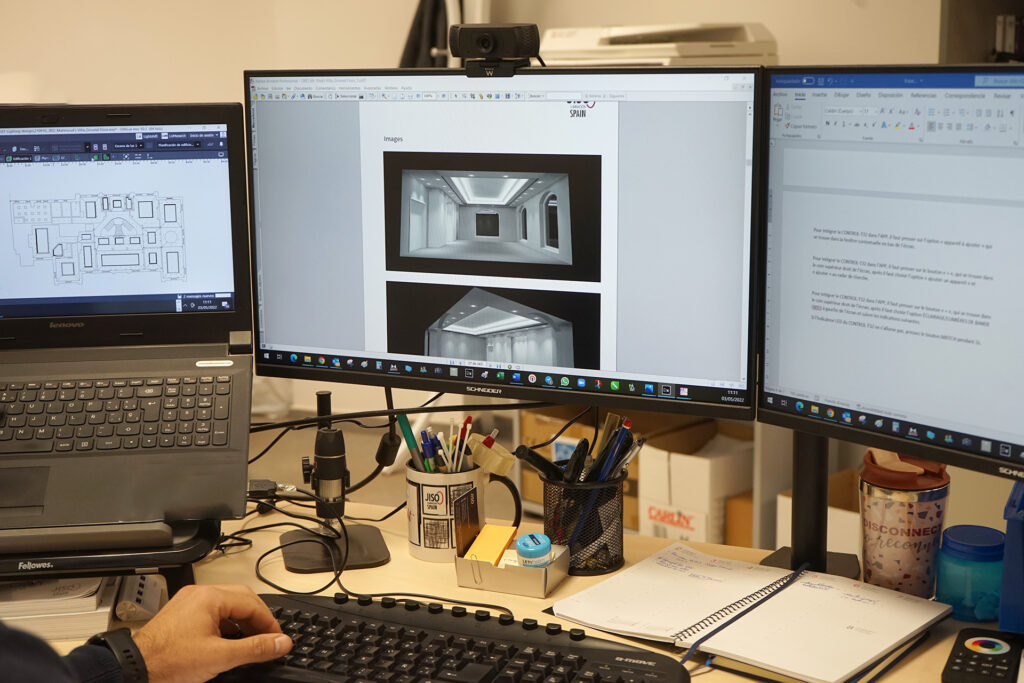There are various professional activities where it’s common for us to quickly identify the specific “trade” or specialist needed based on our requirements. For example, when facing a car issue, we automatically think of a mechanic, or if there’s a water leak, we think of a plumber.
But who do we think of when it comes to lighting our homes or businesses?
In such scenarios, we typically think of an electrician or might browse the internet for ideas on illuminating our living spaces. But did you know there’s a profession called Lighting Designer? did you know it?
It’s not widely recognised, yet in recent years, these professionals have gained increasing importance in architectural lighting projects and in multidisciplinary teams that are constantly evolving and developing.
Both design schools and universities now offer specialised master’s programmes or training focused solely on lighting. This profession has also gained significant relevance in various fields such as the lighting market itself, health, culture, landscape and in different social and cultural contexts.
What is a lighting project?
Many people might assume that developing a lighting project simply involves choosing some light fixtures and placing them around the space to be illuminated. However, the reality is quite different. Numerous factors are taken into account, starting with understanding the lighting needs of the space and its users. After all, not everyone requires the same amount of light.
Each project must emphasise the concept, the client’s needs, the space requirements, economic and social factors, space calculation and analysis, compliance with regulations, awareness of trends, consideration of sustainability and user well-being and the selection of the best products. In addition, it involves maintaining close communication with all other professionals involved in each project.
What is a lighting designer?
Lighting designers are qualified professionals, often with a background in architecture, exclusively focused on developing concepts and techniques that result in “well-lit” spaces. This is important, because there’s a significant difference between having “a lot of light or a little light” and having quality lighting.
It’s not merely a technical matter; it goes beyond that. A lighting designer aims to communicate and express sensations through light, bringing spaces to life and creating experiences. A poorly lit large space can undermine an entire project, whereas a project with good lighting can turn settings into something unique.
The lighting designer can find solutions for all the technical needs of a project, complying with various regulations, and providing the added value of understanding and interpreting the light in each space.
What is the APDI?
The Professional Association of Lighting Designers (APDI, for its initials in Spanish) is the platform that encompasses and advocates for professionals in the field of architectural lighting design in Spain.
Established in 2008, its mission is to “develop a Culture of Light in our country and promote the recognition of the independent Lighting Designer profession.”
The APDI’s vision is to“unite all independent lighting designers and be the national benchmark and spokesperson for public or private institutions, collectives, industry professionals, potential clients, students, citizens and other professionals.” Its mission is to “achieve recognition and consolidation of the independent lighting designer profession and create collective awareness of the culture of light.”
JISO Iluminación has a lighting designer as head of itstechnical promotion and lighting design department. If you’d like to learn more, please feel free to contact promotor@jisoiluminacion.com


